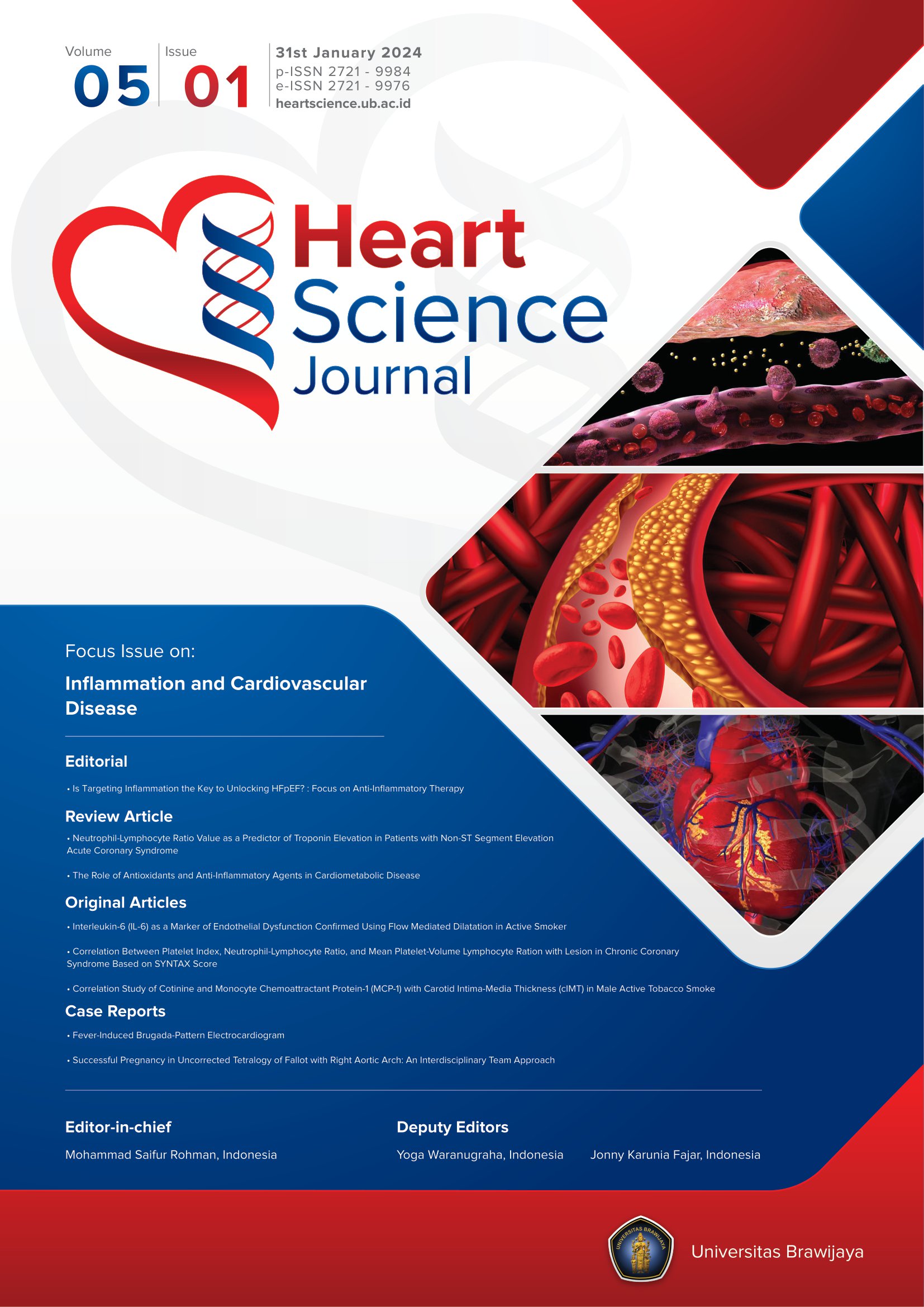Central Vein Stenosis in Patient with Routine Haemodialysis: From Diagnosis and Prompt Treatment A Case Report
Abstract
Central vein stenosis (CVS) is common in hemodialysis patients caused by the implantation of cardiac intravascular devices, venous access, and limited vascular access. Until an arteriovenous fistula (AVF) or graft is established in the ipsilateral arm or forearm for hemodialysis, the effect may develop. Arm edema, significant venous dilatation, and recurring infections are common complications of having an ipsilateral arteriovenous fistula or graft. We present the case of a 50-year-old female who developed symptomatic CVS while being on regular hemodialysis. A venography using a catheter revealed a significant stenosis of the subclavian vein. Due to central venous stenosis, this patient had substantial edema of her left arms after undergoing an ipsilateral arteriovenous graft. Multiple endovascular treatments have failed to alleviate the symptoms. The incidence and danger of central vein stenosis in hemodialysis patients are discussed, as well as the success of endovascular therapies. The initial line of therapy should be percutaneous balloon angioplasty. Unfortunately, after angioplasty or stenting, primary patency is poor. If there is recurring stenosis, the procedure can be repeated.
Keywords
Full Text:
PDFDOI: https://doi.org/10.21776/ub.hsj.2022.003.04.8
Refbacks
- There are currently no refbacks.
Copyright (c) 2022 Yudi Putra Apriditya

This work is licensed under a Creative Commons Attribution 4.0 International License.









